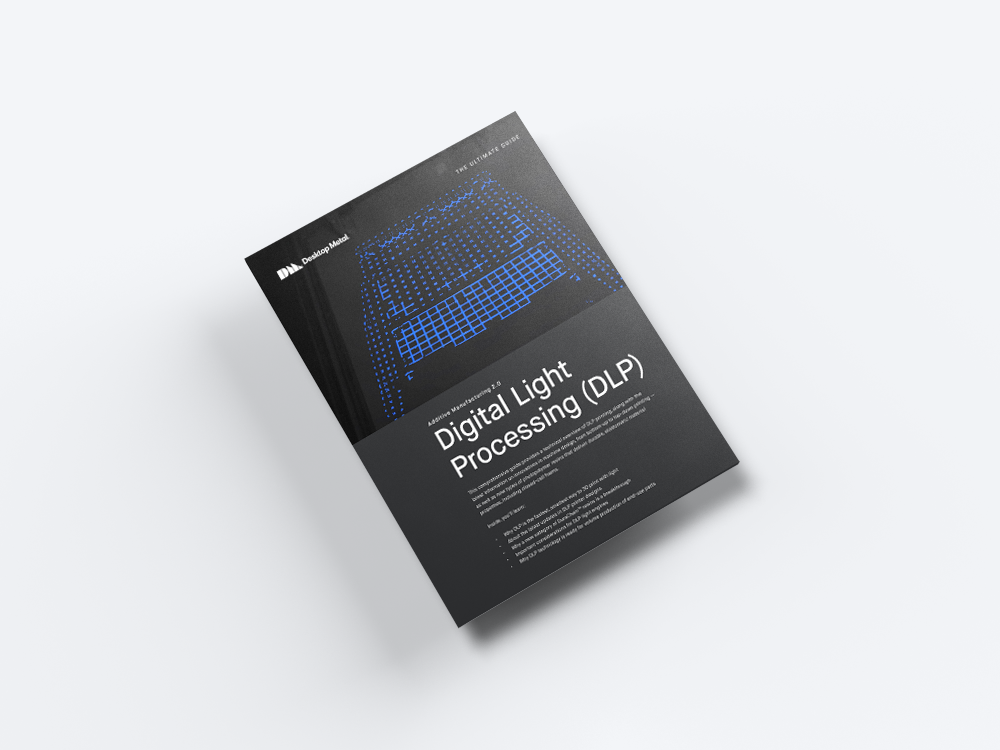Digital Light Processing, or DLP, harnesses the power of light from a video projector to cure photosensitive liquid resins into parts layer by layer, one quick flash at a time.
A 3D printing process that’s been used since 1999, DLP was invented as a significant speed advancement over stereolithography, or SLA, which cures photosensitive resin with UV light from a laser beam, drawing parts out individually one layer at a time. More than 20 years later, DLP is one of the more mature processes in the field of 3D printing. Today, this highly affordable, accurate and highspeed printing technology is used for everything from prototyping to volume production of end-use parts, including those with demanding precision, surface finish, and functional requirements. Initially used for the production of mass-customized hearing aid shells and functional dental restorations, such as dentures and crowns that go right in the mouth for biting and chewing, the technology is now used widely in manufacturing for tooling and casting applications as well as for direct production across a wide range of industries and end-use applications.
This 26-page comprehensive guide provides a technical overview of digital light processing (DLP) 3D printing, along with the latest top-down printing and new types of photopolymer resins that deliver durable, elastomeric material properties, including closed-cell foams.
Learn everything you need to know about production-volume 3D printing with DLP technology, including the latest in machine design and material advancements.
For more details about Desktop Metal in India contact Sarto Electro by sending an email to to [email protected]
Subscribe to AM Chronicle Newsletter to stay connected: https://bit.ly/3fBZ1mP
Follow us on LinkedIn: https://bit.ly/3IjhrFq
Visit for more interesting content on additive manufacturing: https://amchronicle.com


